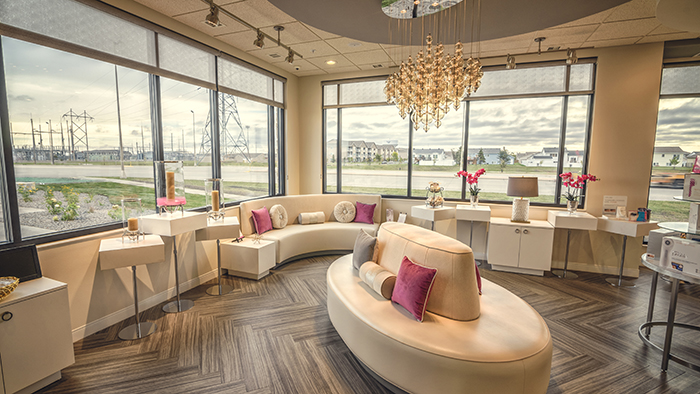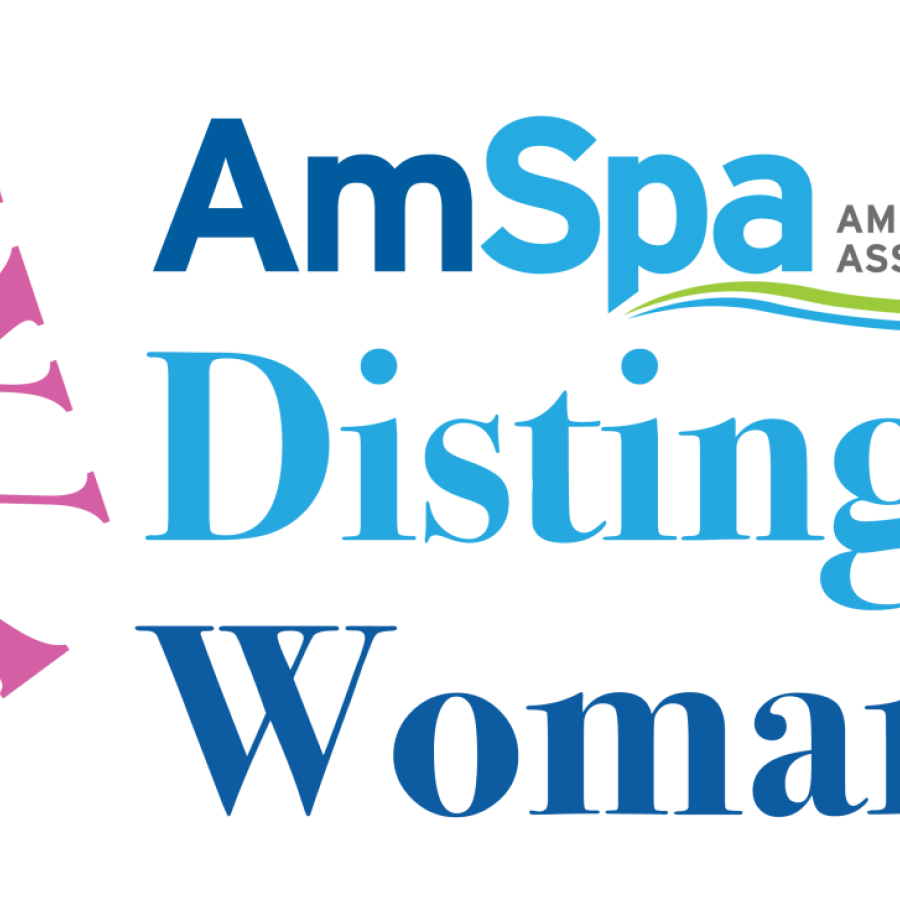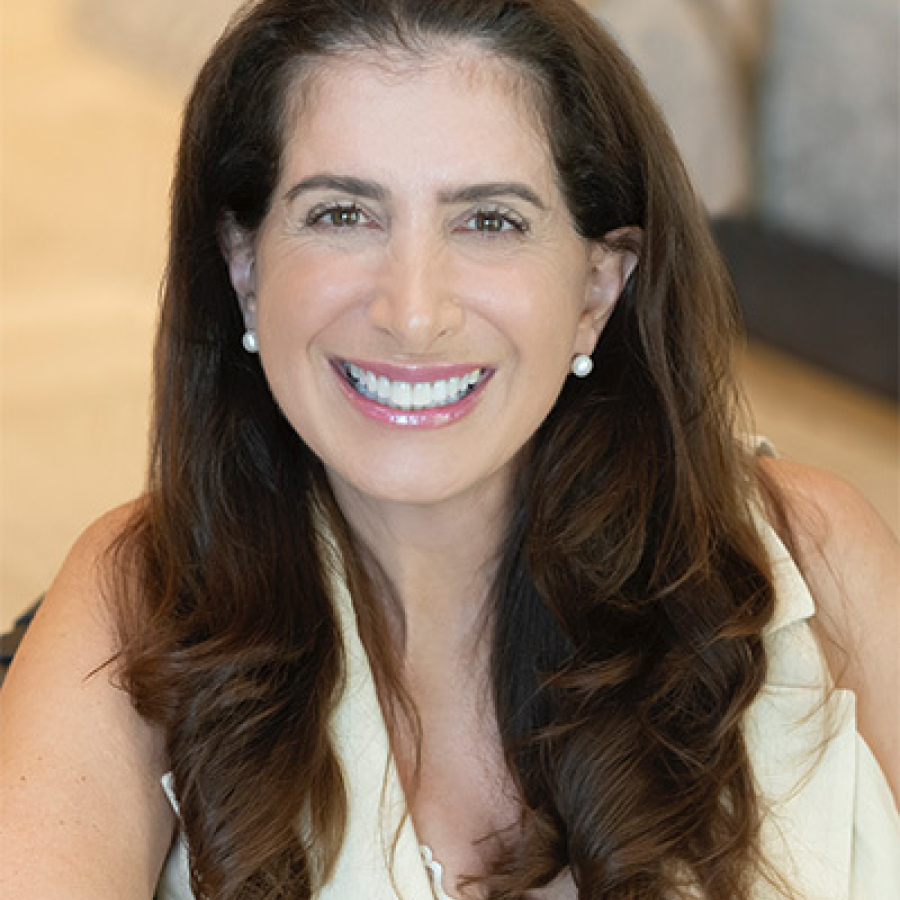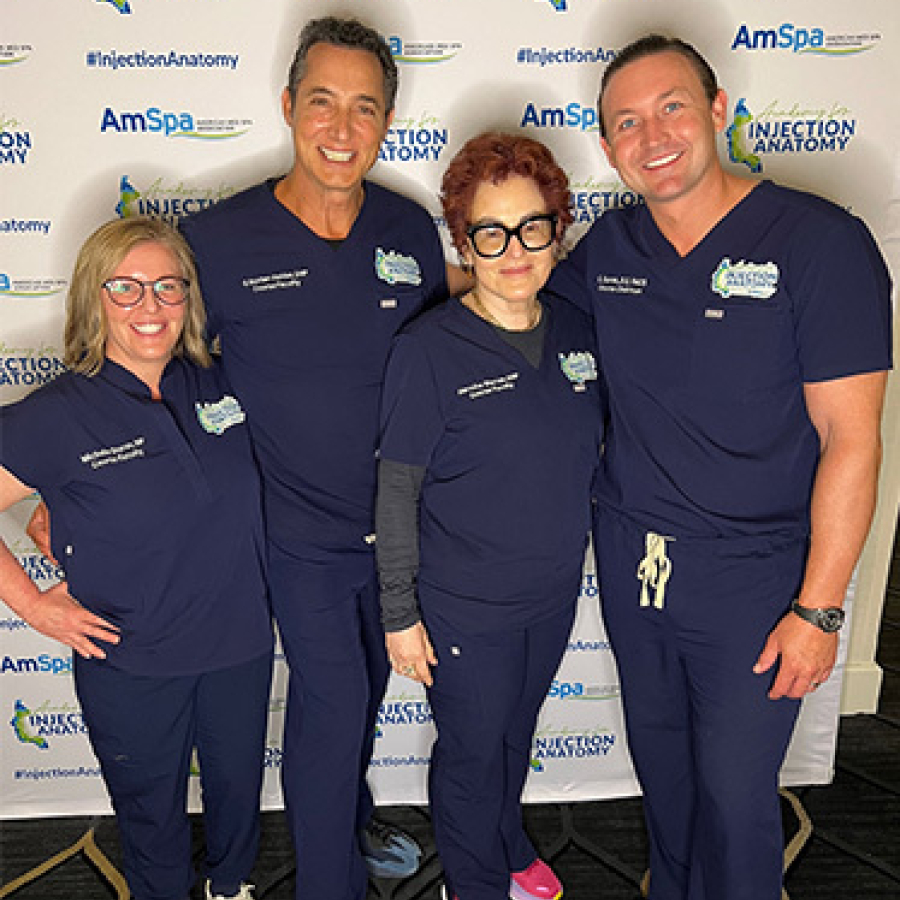
AmSpa Events
Move Beyond Excuses: People Management with Cy Wakeman
How do you get your team to come to work joyfully? Are you setting boundaries and expectations for performance in ...
Posted By Mike Meyer, Monday, November 11, 2019

By Michael Meyer, Content Writer/Editor, American Med Spa Association
According to the U.S. Census Bureau, the population of the Midwest—which includes Ohio, Michigan, Indiana, Illinois, Wisconsin, Minnesota, Iowa, Missouri, Kansas, Nebraska, South Dakota and North Dakota—represented approximately 21% of the U.S. population in 2018 (the most recent year for which this estimation is available). However, according to AmSpa's 2019 Medical Spa State of the Industry Report, the Midwest is host to approximately 24% of the medical spas in the country, an increase from 22% in the 2017 report. This represents the largest positive discrepancy between the population and the number of medical spas in any of the four census-recognized regions.
So why are there so many med spas in the Midwest, and why is the number growing? Simply put, demand is exploding. Consider the story of Radiant Divine Medical Spa, which opened in Brecksville, Ohio, in suburban Cleveland, in May 2017.
"After the first six months, we were at about $500,000 in sales, so I'm like, this is something—we'e got something here," says Ryan DeVault, Radiant Divine's co-owner. "We had demand from other areas and other markets, so we opened up another medical spa about 25 miles away in Avon, Ohio. I signed that lease in January 2018. Then we had demand from another market that was about 25 miles south of us in Medina, Ohio. I signed that lease for new construction in June of 2018 and we opened up in October of 2018, so we turned one practice into three spas in the first 17 months."
According to DeVault, Radiant Divine is on pace for $3.5 million in revenue across its three sites in 2019. (Author's note: Read more about Radiant Divine in the "Cleveland Rocks" a little later in this article.) And although not every medical spa owner has the same ability to open new locations, many in the Midwest have discovered that the path to profitability leads to some far-flung places that one would not necessarily consider to be hotbeds for aesthetic services.
Fargo, North Dakota, is the 222nd-largest city in the United States, with an estimated population of 124,844 in 2018, so it is not exactly a sprawling urban center. Its economy has traditionally been associated with agriculture, and farm families are not generally thought of as traditional medical spa customers. However, Fargo is growing—its population has more than doubled since 1980, and it has increased 18.3% since 2010—its economy is diversifying, and, perhaps surprisingly, it is home to one of the country's most consistently successful medical spas.
Rejuv Medical Aesthetic Clinic opened in 2005 with 1,500 square feet and three employees. Today, it operates out of a 12,000-square-foot facility, has 40 employees and is on track for approximately $8 million in revenue in 2019.
"We'e had 15 years consecutive growth at a minimum of 20% every year," says Melissa Rogne, president and founder of Rejuv. "We really haven't struggled in finding an audience, and we really have always defied what the typical aesthetic patient is supposed to look like. We'll tell stories where some of our patients come in and they bring us eggs from their farms. We really feel like Rejuv has broken down the stereotype of what a typical aesthetic patient's profile is."
Conventional wisdom suggests that having a large population base is necessary for medical spa success. However, Rogne believes that being part of a smaller, more insular community actually works in the practice's favor.
"Because of the tight-knit community, the referral network is alive and well, and we're able to really capitalize on the good nature of the people in this area," Rogne says. "The Midwest is known for having the friendliest people in the United States, and that's true. Those people want to tell their friends, they want to see you succeed and they know you really genuinely care about them."
However, despite its size and success, Rejuv is not the only game in town, which speaks to the medical aesthetic industry's growth in recent years.
"One of the things that people think is that there's no competition; it's actually quite the opposite," Rogne explains. "I did some research about a year ago, and we have essentially one aesthetic medical spa for every 5,000 people in this community. The competition is extremely stiff—it's not what people think it is."
To Rogne's point, according to AmSpa's 2019 Medical Spa State of the Industry Report, there are an estimated 6,582 medical spas in the United States, up from approximately 1,800 in 2011. Back then, it was possible to find markets in the Midwest that simply were not being served at all, and that is how aNu Aesthetics and Optimal Wellness in Kansas City, Missouri, came to be.
"Where we started, there was a really big void of providers," says Cristyn Watkins, MD, founder, owner and medical director for aNu. "There was really nobody around us."
For several years, Watkins and her partners—a nurse practitioner and two other doctors—kept their practice low-key, working evenings and weekends as time permitted and building up a devoted patient base.
"The nice thing was that, since we were all small-business owners and this was kind of our side job, everybody had our cell phone number, we e-mailed every single patient after we saw them, and we were our own schedulers," Watkins explains. "Our patients really liked the fact that they had access to a physician who cared for them and who they had direct access to."
During this time, aNu's reputation grew via word of mouth, and when Watkins decided to dedicate herself to the practice full-time in February 2016, business "went crazy." The practice moved to a new 6,000-square-foot location in November 2017, and it is projected to bring in $3.5 million in revenue in 2019. Watkins refuses to rest on her laurels, however—she is doing everything she can to spur on aNu's growth, and that means doing everything she can to give her patients what they want.
"Between medical aesthetics and wellness, you have to be on the cutting edge all the time," she says. "If there's something I'm interested in or my staff is interested in, we usually implement it within about 90 days, if it's got good ROI and I think it's something we should be doing. You have to always be figuring out what the new thing is in order to make it [to the top], I truly believe. But I also believe that if you care about your patients and you take care of them, that they'll take care of you."
Compared to Rejuv and aNu, Radiant Divine is an overnight sensation; however, although the spa itself has only been open since 2017, its primary provider, Rachel DeVault, RN—Ryan's wife—has been building a reputation in the Cleveland area for far longer.
"My wife became an RN in 2010," Ryan says. "She was working just regular hospital jobs, and then a friend of ours opened up a medical spa in the back of his tanning salon. He knew she was an RN and introduced her to aesthetics. She just has a niche for it. She grew his injectable practice from zero to 200 people in about 60 days. She created the following for him."
Since then, Rachel has become an expert injector. She is currently a Galderma GAIN trainer, and not surprisingly, her loyal clients from those early days formed the foundation of Radiant Divine's success.
"We didn't solicit any of her old people—they found us," Ryan says. "We didn't do really any forms of advertising. The website was not the strongest. But it just seemed to be that word of mouth and referral was our best source."
The success of these practices demonstrates the value of establishing a reputation for exceptional service, particularly in places where members of communities are close and inclined to recommend businesses that provide what they promise. However, there are certain disadvantages to working in places that are off the beaten path for aesthetic professionals.
"For us, probably the biggest issue has been hiring," says Rogne, of Fargo's Rejuv. "It's really difficult for us to find people who have experience in this industry in a smaller market like ours. We'e really had to invest a lot in training people and bringing them up new in this industry. We don't get to just hire a nurse injector—we have to create a nurse injector. Without a doubt, the biggest challenge for us is the availability of human resources and staffing."
"It's always staff," agrees aNu's Watkins. "It's always finding a good front-desk person and a manager."
However, dealing with issues such as these is a small price to pay for home-grown success.
"I'e lived here forever, she's lived here forever," says Radiant Divine's Ryan DeVault of his wife, Rachel. "It's an area I'm familiar with. I know a lot of people here and I know the approach and I know what they're looking for—the services they're interested in. I feel we can accommodate our market because we're familiar with it. Can we do this in different market? I don't know, but we know this market. Cleveland's home, you know?
Related Tags
Medical spa news, blogs and updates sent directly to your inbox.

AmSpa Events
How do you get your team to come to work joyfully? Are you setting boundaries and expectations for performance in ...

AmSpa Events
The American Med Spa Association (AmSpa) has announced its list of Distinguished Women in Medical Aesthetics 2025, recognizing 25 visionary ...

AmSpa Events
How Lisa Lickstein and Her Team at Lickstein Plastic Surgery Are Redefining the Standards of Aesthetic Patient Care Through Unreasonable ...

Clinical
By Madilyn Moeller, Marketing Content CoordinatorMichelle Doran, MSN, APRN, BC, CANS, spoke to Alex Thiersch, JD, on AmSpa’s Medical Spa ...